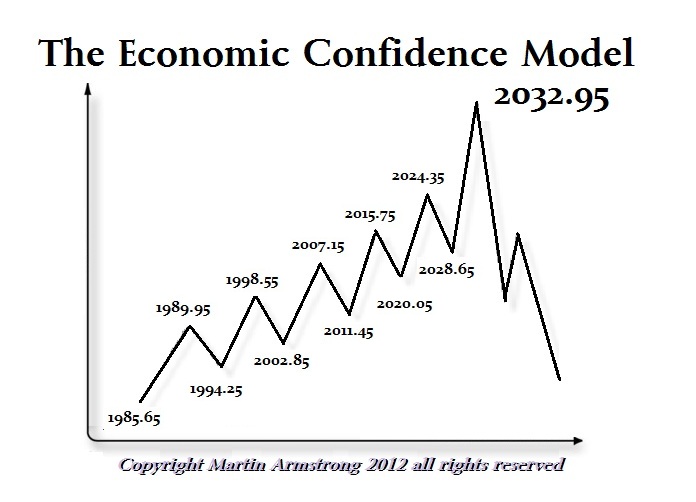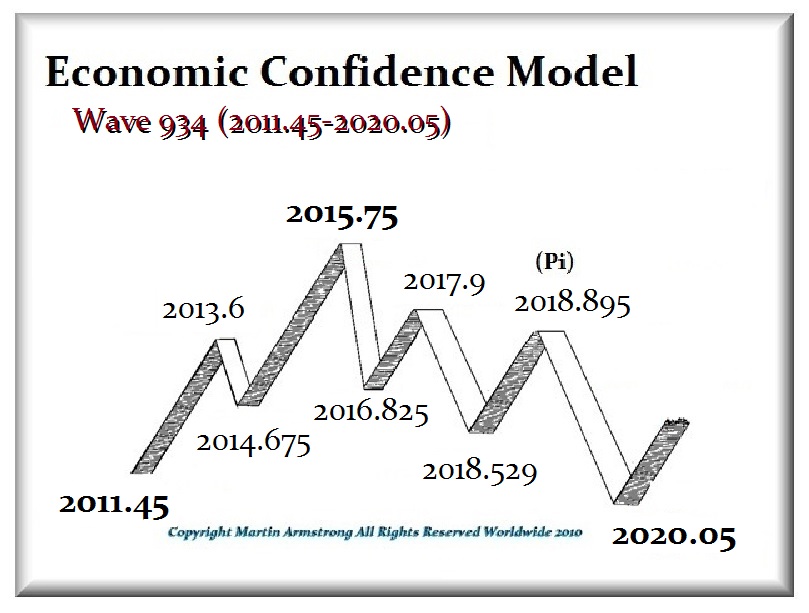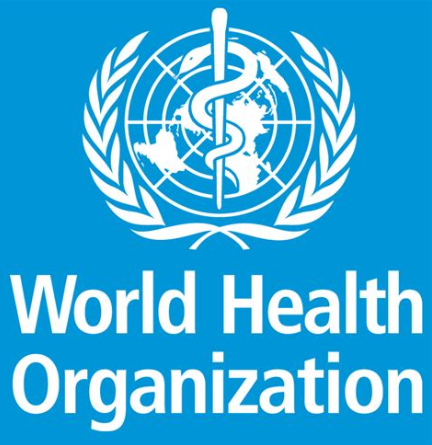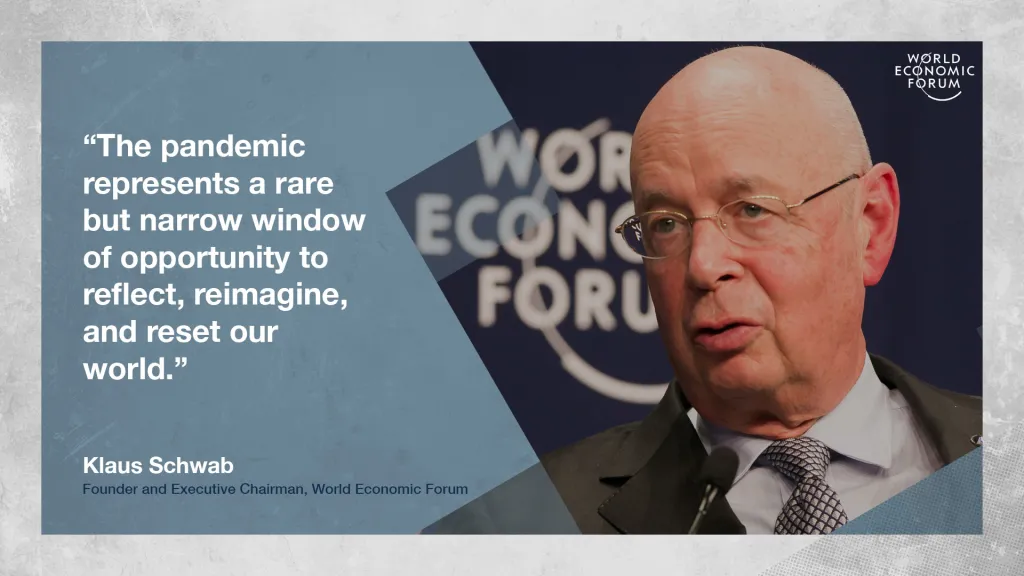The Coronavirus has been declared by the World Health Organization (WH) to be an emergency. As I reported yesterday, the death rate may not be as high as SARS which was 10%, but its spread rate is far greater. The number of cases jumped in a day from 7700 to 9682. The WHO defines a global emergency — formally, a Public Health Emergency of International Concern — as “an extraordinary event which is determined to constitute a public health risk to other States through the international spread of disease and to potentially require a coordinated international response.” This is the sixth declared in the past decade.
There have been only five such emergencies declared in the past decade:
- the H1 virus that caused an influenza pandemic (2009),
- West Africa’s Ebola outbreak (2013-2016),
- polio (2014),
- Zika virus (2016),
- and the ongoing Ebola outbreak in the Democratic Republic of Congo (2019)
Four of those six global emergencies took place during the last ECM and this one began on the turn at the bottom. Since our disease model on influenza is a 13-year cycle, that is also pointing to 2022 as a crisis year. If this coronavirus has the same life-expectancy for its global spread before reaching a peak, that also points to 2022. The good news, the death rate seems to be legitimate and it still runs less than 3%.
This has the potential to reduce economic growth further on an overall global scale.












